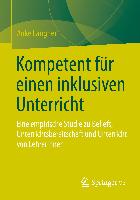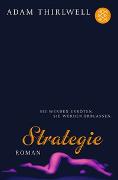- Start
- Fracastoro's Syphilis. Introduction, Text, Translation, Notes
Fracastoro's Syphilis. Introduction, Text, Translation, Notes
Angebote / Angebote:
Girolamo Fracastoro (?1478-1553) was a doctor and scientist, as well as a poet. He was born in the northern Italian city of Verona, into a prominent local family. Verona is at one of the crossroads of Europe, and although Fracastoro's whole life was spent in that vicinity, he maintained a wide circle of friends and correspondents, keeping up-to-date with what was going on elsewhere. Two cataclysmic events - the European voyages to the New World, and the sudden appearance and rapid spread of syphilis - are the combined themes of his greatest literary work. The Syphilis , dedicated to Pietro Bembo, became one of the most celebrated poems of the Renaissance. Soon after its publication (in 1530) Fracastoro was hailed as a major Latin poet, an equal of Virgil. In the first two books of Syphilis Fracastoro not only describes in vivid terms the symptoms and known cures for syphilis, but also presents for the first time his theory of 'contagion', a major breakthrough towards modern understanding of disease. He was later to write a scientific prose treatise De Contagione. The third and final book of the Syphilis gives a highly mythical narrative of the landing of Columbus in the New World. His reason for including this American material was not, as we might suppose, that syphilis was brought from the Americas to Europe, but rather that the New World provided Europe with one of the more useful remedies for syphilis, an extract from a native American wood, guaiacum. In spite of its poetic mode, Fracastoro's account draws in some detail on contemporary sources for the European discovery of the New World, as Eatough's notes show. This edition offers a 35-page introduction, text with facing English translation, notes elucidating literary, mythical, geographical and botanical topics, and a word-index of the poem.
Fremdlagertitel. Lieferzeit unbestimmt



